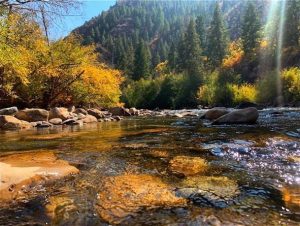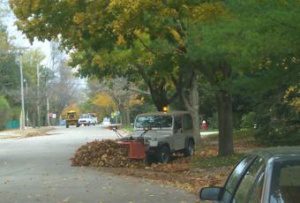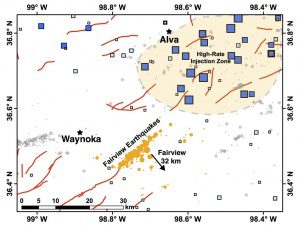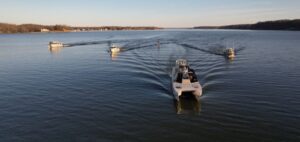Woolpert mobilized five hydrographic survey vessels (nearly a quarter of its fleet) equipped with multibeam and side-scan sonar systems for the Chesapeake Bay project that focused on 615 square nautical miles, some of which had not been surveyed for more than…

Groundwater Flow to Colorado River May Decline by a Third over Next 30 Years
Looking upstream on the San Miguel River in Colorado in fall 2020 when baseflow (groundwater flowing to streams) is the primary contributor to streamflow.…

Removal of Fallen Leaves Can Improve Urban Water Quality
The timely removal of leaf litter can reduce harmful phosphorus concentrations in stormwater by over 80 percent in Madison, Wisconsin, according to a…

Wastewater Disposal Likely Induced February 2016 Magnitude 5.1 Oklahoma Earthquake
Distant wastewater disposal wells likely induced the third largest earthquake in recent Oklahoma record, the Feb. 13, 2016, magnitude 5.1 event roughly 32 kilometers northwest of Fairview, Oklahoma. These findings from the U.S. Geological Survey are available…



